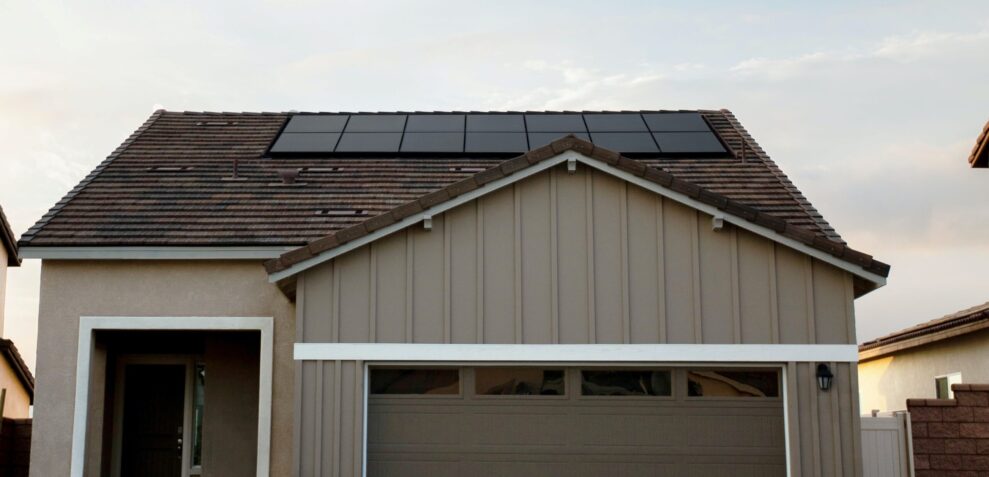Wow, good point! As Rosanne Rosanadana said, Never Mind.
I think I found where the 100% solar interpretation came from, an IRS ruling on this issue here:
https://www.irs.gov/pub/irs-wd/201809003.pdf
Some further amateur musings on this topic:
Interestingly, that case involved a storage system which was described as only using solar to charge, and so is not really relevant to grid charging. And, the IRS relied on the
absence of wording in the code to determine the congressional intent. As is normal, the ruling explicitly states it can not be used as precedent.
Since PowerWalls actually do grid charge when in Storm Watch, and hence are not 100% solar charged, they would not qualify for ITC if this ruling is actually binding. I think the ruling is wrong anyway, because grid charging is done only when solar production is inadequate, and grid charging is simply an additional free function of the AC coupled system. Equivalently, one could put lights over the solar panels, run the lights from the grid, and charge the battery with that "solar" energy. Not very efficient, but it would not defeat the purpose of capturing solar energy when it is available.
I'm glad I did not take the ITC, so I don't have to argue it with the IRS, but it would be nice if someone would. As far as I can tell, there is nothing in the code which actually says what IRS does. They essentially made it up by assuming water heating (which inherently includes storage) is the same as solar, storage for which was impractical when the code was written.




